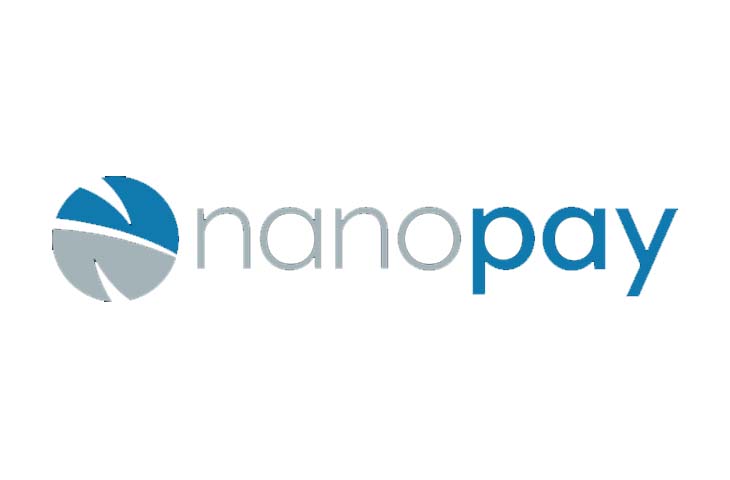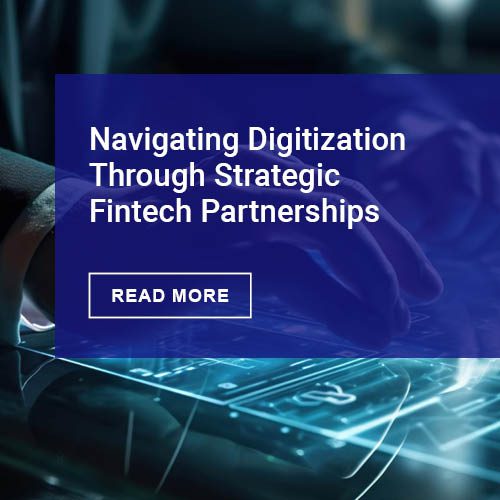How does nanopay fit into the global payments industry?
As new payment methods look to modernize the industry, nanopay has built a real-time payment (RTP) platform to transform the way people transact on a global scale. The industry is looking for faster, safer and more efficient ways of paying. nanopay’s platform is designed to digitize fiat money to create a global ecosystem that enables financial institutions to securely store and transfer value instantly. The platform leverages ISO 20022 messaging providing detailed payment context, which means greater visibility while enabling straight through processing and regulatory oversight, with no intermediaries.
nanopay’s focus on faster payments has helped them to become a catalyst to help the entire industry realize the importance of changing the payments process. As a contributing member and proposer, nanopay has also helped the United States Federal Reserve’s Task Force assess and develop alternative approaches to implement a faster and more secure payment system in the United States by 2020. nanopay’s proposal received extremely impressive marks, scoring ‘Effective’ or ‘Very Effective’ on 33 of the 36 extensive evaluation criteria.
How is technology transforming the way the world moves money?
Across the country or between continents; payments are typically slow, expensive, lack transparency and often require manual intervention. nanopay’s digital cash platform provides instantaneous settlement that substantially reduces the risk for banks, while providing detailed transaction context including ‘UPS-like’ tracking of payments. The platform helps account receivables teams have better access to the status of payments, whether the payment is scheduled, pending or complete. This flexibility also enables the payer to control cash flow more effectively while reducing the cost and risk that payees face when using expensive credit cards
nanopay’s platform can be accessed by open APIs enabling payment service providers to build solutions across a number of use cases, including cross-border, B2B payments, digital cash and settlement in capital markets. With the B2B platform, businesses no longer have to exchange sensitive banking information and can instead link their current accounting system to initiate payment request and control cash flow more effectively while reducing risk.
How do you see the payments industry evolving in the next five years?
Globalization is fueling an enormous demand to change the way business and banks move money. Over the next five years we will see the proliferation of real-time payment systems globally. The integration of faster payments both domestically and internationally will reduce the risk and therefore the cost of moving money. Increasing the velocity of money will transform international commerce as payments are no longer an obstacle for international trading partners. In addition, real-time payments will help reduce the cost of storing and transferring value which will be catalyst to reach the unbanked population throughout the world.
By implementing PSD2, which is a regulation over payments services and payments providers, we expect that banks’ monopoly over customer data will disappear – forcing them to redefine their relationship with their customers. Banks will be required to give all financial institutions access to customer accounts, through open APIs, giving consumers the ability to manage their finances through multiple providers instead of just banks. For banks to be successful in the PSD2 era, they must be prepared for a new surge in partnerships with service providers, an increase in competition within the financial sector and a fundamental change of the payments chain.
Why should banks collaborate with platforms like nanopay?
Payments are becoming increasingly global, therefore the demand for a modern platform is evident. Banks now need a platform that reduces transaction time, cost and risk, which is essential to power the future of commerce. nanopay’s patented technology enables banks to deliver modern solutions without significant investment or integration costs across a wide variety of applications, offering banking partners next generation payments instantly.
Accessed through open API’s, banks can securely store and move money in an instant, without intermediaries through the platform. Banks can change the process for cross-border payments with streamlined solutions by providing global customers with end-to-end payment tracking. This ensures that both banks and customers are aware of where the payment is and when it will be credited, while also providing real-time settlement of transactions. There are benefits for the banks as well, like making it easier to meet regulatory requirements around the world and real-time security updates, decreasing the chance of hacks occurring.
nanopay’s platform eliminates payment risk to create a relationship with banks that they can trust. With nanopay, banks can use the platform in a matter of days rather than spending months and millions of dollars trying to integrate into core banking systems.
How does nanopay stand out from competitors?
nanopay’s technology represents an innovative way to deliver faster payments for B2B, P2P, B2P and P2B use cases as well as clearing and settlement between banks. The benefit of the platform is the ease in which it can integrate with existing legacy systems prevalent throughout U.S. banks and credit unions without changes to the FI’s core or creating a costly payments hub. With the integration of modern technology through nanopay’s business-to-business, cross-border, digital cash and capital markets solutions the platform represents the payments industry we are moving towards. It shows the industry how it can use technology not just as a digital current solution, but to enable new payments services that can keep up with the increasing pace of business around the world. Additionally, adjusting to various country regulations for international commerce is complicated because each country comes with their own set of rules and regulations. However, nanopay’s cross-border payments services enable instant, multi-currency transfer of funds, adhering to global risk and compliance requirements. nanopay’s payment system can also be tied to the fiat (central bank) currency of any country or linked to a new or existing loyalty currency.











